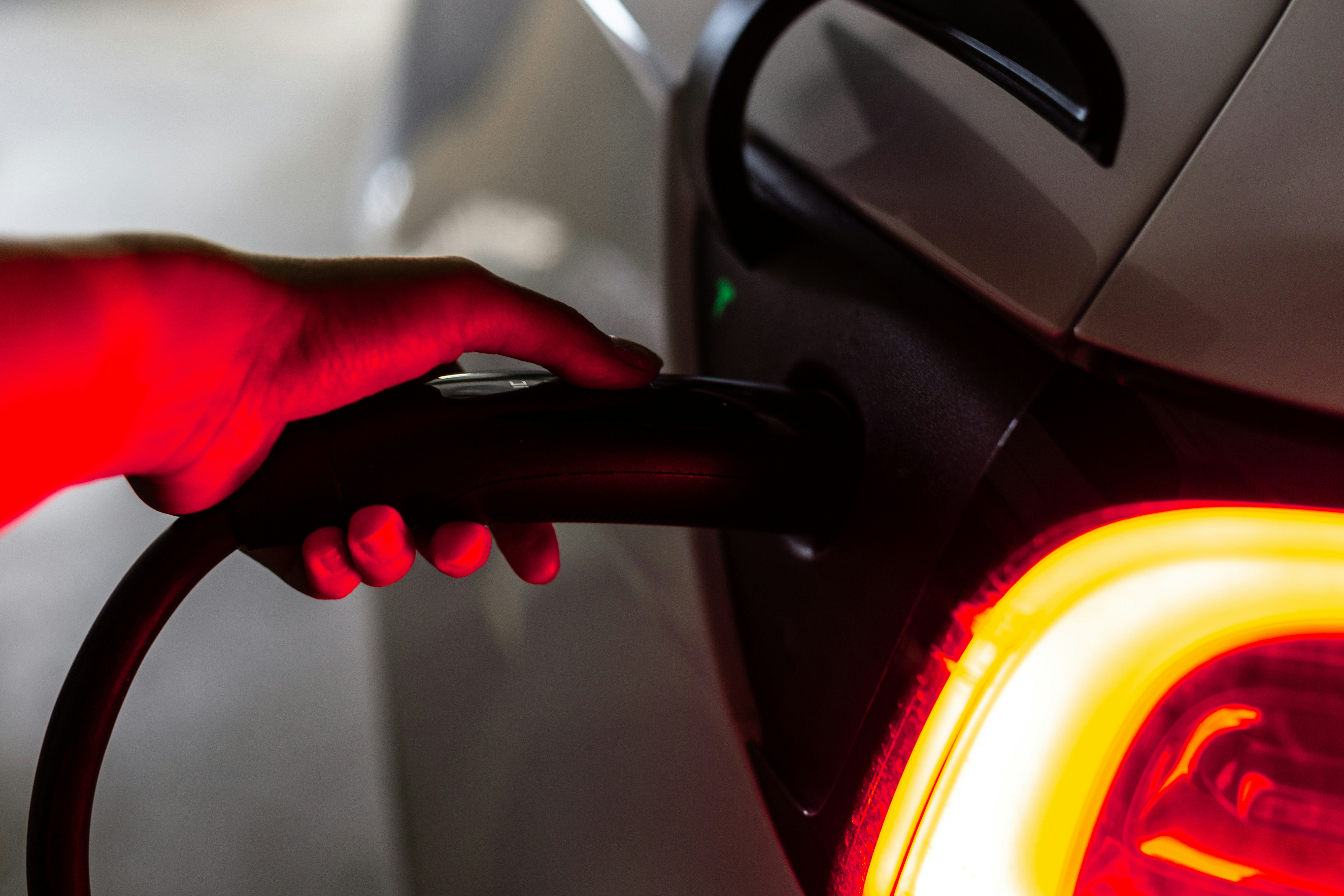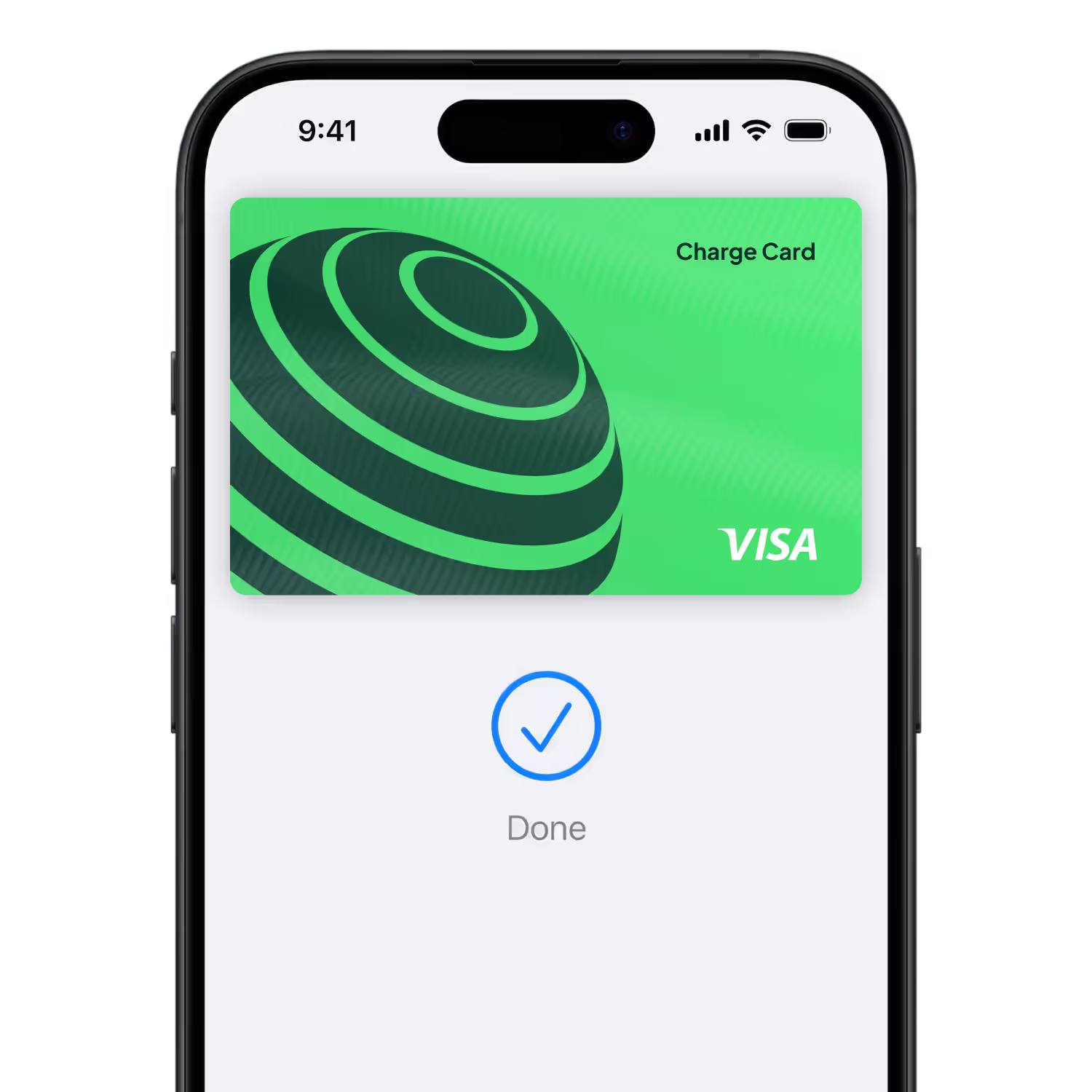How Much to Install an EV Charger at Home: UK EV Charger Installation Costs Explained
.jpg)
We Brits might be famous for our love of a good queue, but queuing for a public EV charger? That’s where we draw the line.
On the whole, home charging is more practical. You just plug in, walk away, and it’s ready when you are. It’s also cheaper. But unlike public charge points, you’ll be paying for more than just energy. You also have the one-off cost of installation to consider.
That can put some people off. To help you decide whether it’s worth the investment, we’ll look at how much it costs to install an EV charger at home in the UK along with the factors that can push the price up, schemes you can avail to lower the costs, and what you need to consider before you commit to installation.
How much does it cost to install an EV charger at home in the UK?
Most UK homeowners can expect to pay between £800 and £1,500 for a complete home EV charger installation, with the average sitting at around £1,110. That figure covers both the charger unit and professional installation by a certified engineer.
Here’s how it usually breaks down:
- Charger unit: £450–£800
- Installation labour: £300–£600
If your setup is straightforward (short cable runs and no need for electrical upgrades) you’ll likely be at the lower end of that range. But it’s worth leaving a little wiggle room in your budget, as small changes (like a longer cable run or moving your fuse box) can nudge costs upward.
Location also plays a part. Installations in London and the Southeast often cost 10–15% more than the national average, while Northern regions can be 5–10% cheaper. Scotland and Wales generally sit close to the UK average.
📚 You might also like: Our guide on how to install ev charger at home.
What's included in EV charger installation cost?
An installation quote usually bundles together everything you need for a safe, legal, and fully functional home charger. But we want to make sure you know what to look for in any quote you receive.
That way you can compare them and spot if something important is missing. Here’s what your home EV charger installation will include:
- The charger unit – This is your single biggest cost. A basic 7kW charger starts at around £450, while premium smart chargers can reach £800. Smart models are often worth the extra spend, as they let you schedule charging for off-peak hours and cut your running costs.
- Labour and cabling – Covers professional installation, mounting, and connecting to your consumer unit. Most quotes include up to 15 metres of armoured cable, wall drilling, protection for the wiring, and a dedicated circuit breaker with the right safety devices. If your setup needs extra cabling or complex work, expect the cost to rise.
- Safety checks and permissions – Installers handle the paperwork and compliance side: notifying your Distribution Network Operator (DNO), completing all electrical testing, and providing certificates such as the Electrical Installation Certificate. This ensures your charger is both legal and insurable.
- Smart features – These now come as standard on most chargers. Wi-Fi connectivity, app control, and scheduling are included in the price, with the potential to save up to 70% on charging costs by using off-peak tariffs.
4 Factors that affect EV charger installation costs
Why does one homeowner pay £800 while another ends up at £1,500+? And is there any way to make sure you land on the lower end?
The answer is a bit of both. Some factors are in your hands, others aren’t. Let’s break down the four main things that influence home EV installation cost, and how much say you really have in each.
1. The type of charger
Can you control this factor? Yes.
The type of charger you choose has one of the biggest impacts on installation cost. You’ll need to make two choices.
The first is charging speed.
A 7kW unit is the standard for most UK homes. It works with the single-phase supply that almost every property already has, costs between £450 and £800, and will fully charge an EV overnight.
A 22kW charger, on the other hand, requires a three-phase connection. That’s something most homes don’t have. Converting from single-phase can add anywhere from £3,000 to £15,000 on top of the charger price, which is why this option is rarely worth it for domestic setups.

The second choice is between tethered and untethered models.
A tethered charger comes with a permanently attached cable, which adds around £100–£200 to the cost but makes day-to-day use more convenient. Untethered chargers are cheaper, but you’ll need to plug in your car’s own cable each time.
Our installation cost saving tip: For most drivers, a 7kW tethered charger offers the best balance of cost and practicality, fast enough to charge overnight without the need for expensive electrical upgrades.
2. Your property setup
Can you control this factor? Partly.
The layout of your home plays a big role in how much installation costs. One of the biggest factors is the distance between your consumer unit (fuse box) and the spot where the charger will be installed.
Most quotes include up to 15 metres of armoured cable. Go beyond that and you could be looking at an extra £200–£800, with every additional metre adding both material and labour costs.
The type of wall also matters. Drilling through solid brick is more time-consuming, and therefore more expensive than lightweight block or timber. If the installation point is in an awkward location, like a narrow side passage or a garage with limited access, expect extra labour costs for the added complexity.
For some properties, underground cabling is unavoidable. Running cable beneath driveways, garden paths, or lawns involves excavation and reinstating surfaces, which can easily double the installation price.
Our installation cost saving tip: While you can’t change the layout of your home, you can reduce costs by choosing an installation point that keeps the cable run short and avoids unnecessary groundwork.
3. Electrical upgrades
Can you control this factor? Not really.
Whether you’ll need electrical upgrades depends entirely on the condition of your current system. If your consumer unit (fuse box) doesn’t have the capacity for a dedicated EV charging circuit, it will need replacing.
This is common in older properties and usually adds £300–£600 to the bill.
Another common addition is load balancing. This safety feature ensures your household appliances and EV charger can run at the same time without tripping the power. It adds around £200–£400 but can save you from headaches later and allow faster charging without overloading the system.
Our installation cost saving tip: You won’t have much say in whether upgrades are needed, but getting a site survey before installation can help you avoid nasty surprises.
4. Smart charger features
Can you control this factor? Yes.
Most modern chargers now come with smart features as standard, so they don’t usually add to your installation cost but they can make a big difference to your running costs.
Wi-Fi connectivity and app control let you monitor charging, set schedules, and automatically top up during the cheapest off-peak hours (often between 11:30 pm and 5:30 am).
Some models go a step further with energy tariff integration, meaning they can talk directly to your electricity supplier and choose the lowest-cost times to charge. With the right tariff, that can bring your charging costs down to just 7–9p per kWh.
If you have solar panels, advanced chargers can also prioritise renewable energy when it’s available, reducing reliance on grid electricity and maximising environmental benefits.
Our installation cost saving tip: Since smart functionality is now standard, it’s worth choosing a charger that matches your energy tariff and, if relevant, your solar setup, the long-term savings can be significant.
EV charger grants and incentives in the UK (2025)
There’s another way to bring installation costs down: government grants. While the broad homeowner scheme ended back in March 2022, support is still available in 2025 for certain groups. If you qualify, the savings can be significant.
The main scheme is the EV Chargepoint Grant, which covers up to 75% of the cost, capped at £350. For someone facing the average installation price of £1,110, that could bring the bill down to around £760.
You may be eligible if you fall into one of these categories:
- Flat owners and renters – Anyone with dedicated off-street parking can apply, whether you own the flat or rent it.
- Landlords – Both residential and commercial landlords can apply for grants to install chargers at their properties, with separate schemes for single chargers and larger infrastructure projects.
- Tenants in houses – Renters with landlord permission and off-street parking can qualify too.
- Cross-pavement installations – Special funding is available for cases where a cable needs to run across a public pavement to reach your parking spot.
Applications must be made through an OZEV-approved installer using approved equipment.
In practice, your installer handles the paperwork, applies for the grant on your behalf, and deducts the discount from your final bill.
Only smart chargers qualify, ensuring every funded installation meets current efficiency and connectivity standards.
And while not a grant, the government also supports EV salary sacrifice schemes. These let you lease an EV, and add a charger if you wish, through your gross salary, which can mean big tax and NI savings.
Want to learn more? Check out our guide: how to get a car on salary sacrifice. Then check out our page for employees of find out if you’re eligible for loveelectric’s salary sacrifice scheme.
Is it cheaper to charge at home or at a public charger?
Okay, so we said it’s cheaper to charge at home, but what does that really look like in practice? The difference is bigger than most drivers expect.
Charging at home can save you more than 70% compared to public charging, especially if you’re on an EV-friendly tariff with off-peak rates. Smart chargers make this automatic by scheduling charging for the cheapest hours, often overnight. With the right setup, your per-mile running costs can fall to just 2–3p, a fraction of petrol or diesel.
You’ll see from the table above that home charging really is the more affordable charging option. That said, public charging still has its place. It’s a lifeline for long journeys and for drivers who can’t install a home charger right now.
With services like the loveelectric Charge Card offering discounts of up to 60% across networks, you’re set to save at home and at public chargers.

Before you book: the essentials for home EV charger installation in the UK
Before you book your home EV installation, it’s worth running through a few checks. Doing this upfront will save you wasted quotes, unexpected costs, and awkward conversations on installation day.
Here’s what to look at:
- Do I have dedicated off-street parking? – You need to check that you have a driveway, garage, carport, or an allocated space that clearly belongs to your property. Without this, most installers won’t be able to proceed.
- Where’s the best spot for the charger, and how far is it from my fuse box? – Check that the cable run is under 15 metres if you want standard pricing. Anything longer usually pushes costs up.
- Am I eligible for a grant? - Save yourself unnecessary costs by seeing if you qualify for the OZEV Chargepoint Grant. Flat owners, tenants, and landlords can all apply, and it could knock up to £350 off your bill.
- Have I compared enough quotes? – We recommend getting at least three quotes from OZEV-approved installers. This ensures you get a fair price and the correct certification.
- What’s my backup if home charging isn’t available? – You need to check that you have a plan for long journeys or emergencies, whether that’s knowing your local public chargers or having access to a network card like the loveelectric Charge Card.
Save up to 60% on EV charging with loveelectric
Even with home charging, energy costs can creep up. And when you’re out on the road, public charging often feels painfully expensive. That’s exactly why we created the loveelectric Charge Card, to keep EV running costs low wherever you plug in.
With the card, you can save up to 60% on both home and public charging.
It works just like a virtual Visa card: your charging spend comes straight out of your salary, based on your mileage and habits, so you always pay the lowest rate.
And because it works across the UK, from home energy suppliers to public networks, you’ve got one simple way to manage all your charging costs.
The best part? You don’t have to be an existing loveelectric client. The Charge Card bolts onto any EV salary sacrifice scheme or company car, as long as it’s electric.
Want cheaper charging at home and on the go? Learn more about the loveelectric Charge Card or watch our 3-minute explainer.





.webp)